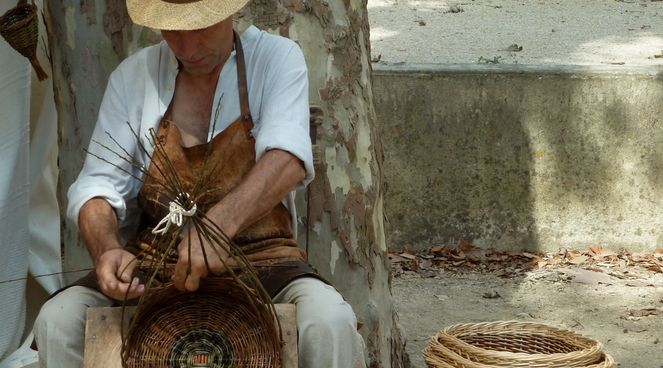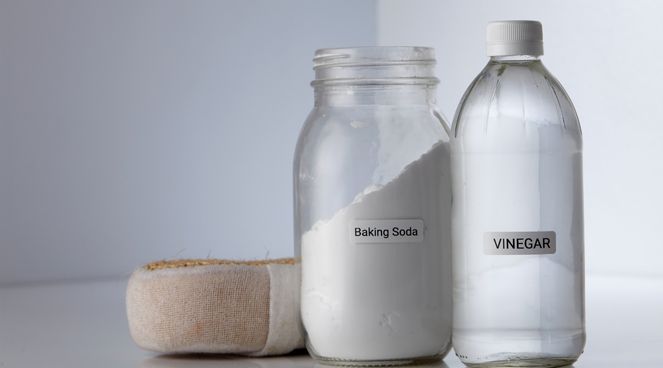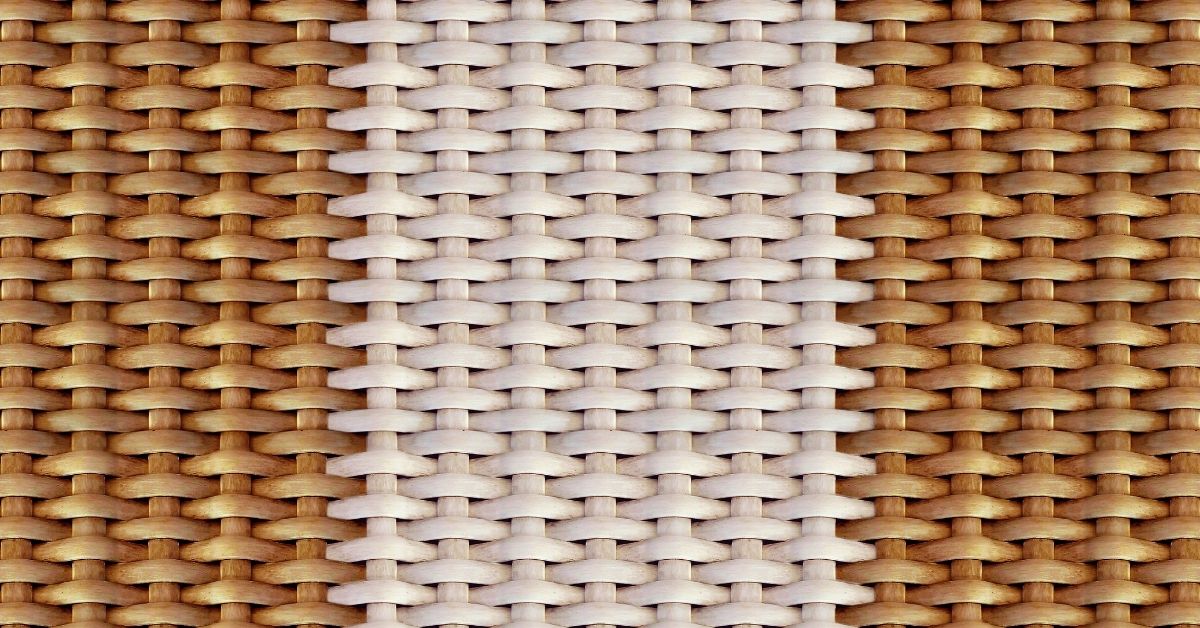Wicker is a basket weaving technique that dates back to ancient Egypt. Today, wicker is often used as a decorative element in furniture and home decor.
It’s also an ideal material for outdoor furniture because it’s durable and can withstand the elements. But sometimes, over time, your wicker furniture can start to look worn out or dull. Luckily, rehydrating wicker is easy!
Natural materials were used
Wicker is a type of basket weaving that uses natural materials, including rattan, willow, and reeds. These materials are woven together to create a strong material that can be used for many different things.

You may not know what wicker is but you have probably seen it in everyday life. You can find wicker furniture in many homes around the world and even some people have their own wicker chairs that they use in their backyard.
What wicker doesn’t need is harsh chemicals or expensive weaves.
Wicker furniture is a natural material that needs to be treated gently. It’s not synthetic, so harsh chemicals will just ruin it.
Since wicker isn’t a synthetic material, it can’t be treated like one. You’re better off spending some time putting oil on your pieces than investing in an expensive weave that’ll only last for a month or two before going bad.
Gently wash your wicker piece with a mixture of gentle detergent and water.
First, gently wash your wicker piece with a mixture of gentle detergent and water. This will help to remove any dirt and grime that may have accumulated on the piece. Then, use a soft brush or sponge to gently scrub away any remaining residue. Next, rinse the piece thoroughly with clear water to remove any trace of detergent. Finally, use a soft cloth to dry the wicker thoroughly before storing it away in its new protective cover or basket liner.
For a slightly bigger job, you may want to opt for a small pressure washer attachment.
- If the wicker is extremely dirty, you may want to opt for a small pressure washer attachment.
- Always use gentle detergent when washing with water and avoid harsh cleaners like bleach or ammonia-based spray cleaners. These can cause damage and make the wicker appear grayish in color over time as well as fade any printed designs on your furniture pieces.
- After washing, use wet-dry sandpaper to gently remove any remaining dirt or grime that was not removed during washing. Be cautious not to scratch or damage the surface of your furniture when using wet-dry sandpaper; do not apply too much pressure!
- Once all dirt has been removed and washed away, allow it to dry completely before proceeding with the next step (linseed oil).
You use wet-dry sandpaper to clear away the finish
If the wicker is still looking dull, use wet-dry sandpaper to clear away the finish and reveal fresh fibers. Use a circular motion when you apply pressure on the sanding block.
Start with 120-grit wet-dry sandpaper to remove old finishes and wear down any loose fibers. Then move up through finer grades until you reach 240-grit or higher.
Treat your wicker furniture with linseed oil
When it’s dry, treat your wicker furniture with linseed oil to help lock in moisture. Linseed oil is a natural product that helps to seal wood by acting as a barrier against water damage.
This means that once you apply it, the wooden parts of your furniture won’t absorb moisture as easily!
To treat your wicker with linseed oil:
- Mix one part linseed oil (or turpentine) with three parts mineral spirits or paint thinner. If you have paraffin wax on hand as well, mix it into the mixture at this point as well; this will make your surface more durable and less likely to crack over time!
- Brush or spray this mixture onto any exposed pieces of leather or canvas on your piece of furniture; be sure not to get any on painted surfaces since they can fade if they come into contact with linseed oil! Let everything dry overnight before using it again (or else set it out for 24 hours).
Can I rehydrate my wicker using baking soda?
One of the easiest ways to rehydrate wicker is with a mixture of baking soda and vinegar.

You’ll need one part baking soda to two parts water, but not too much—the mix should be damp enough that it will make the surface wet but dry out quickly once applied.
Apply this solution with a soft cloth or sponge (we recommend an old rag) and work into the fibers gently until all streaks are gone from each piece of furniture/furniture set before moving on to another step!
Conclusion
Wicker is a great material for your home that can be used in many different ways. It has a timeless look that works well in any style of decor, but it also needs to be taken care of properly so it lasts for years. If your wicker furniture has become dry and brittle, then rehydrating it with linseed oil will restore its natural luster and keep it looking fresh for years to come.

